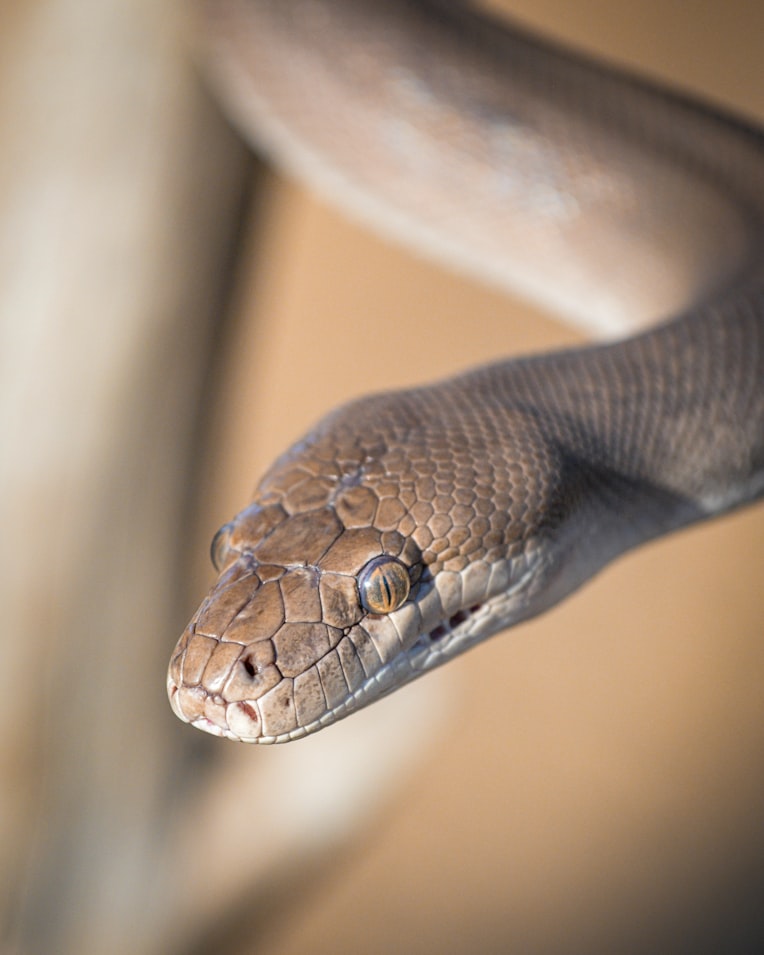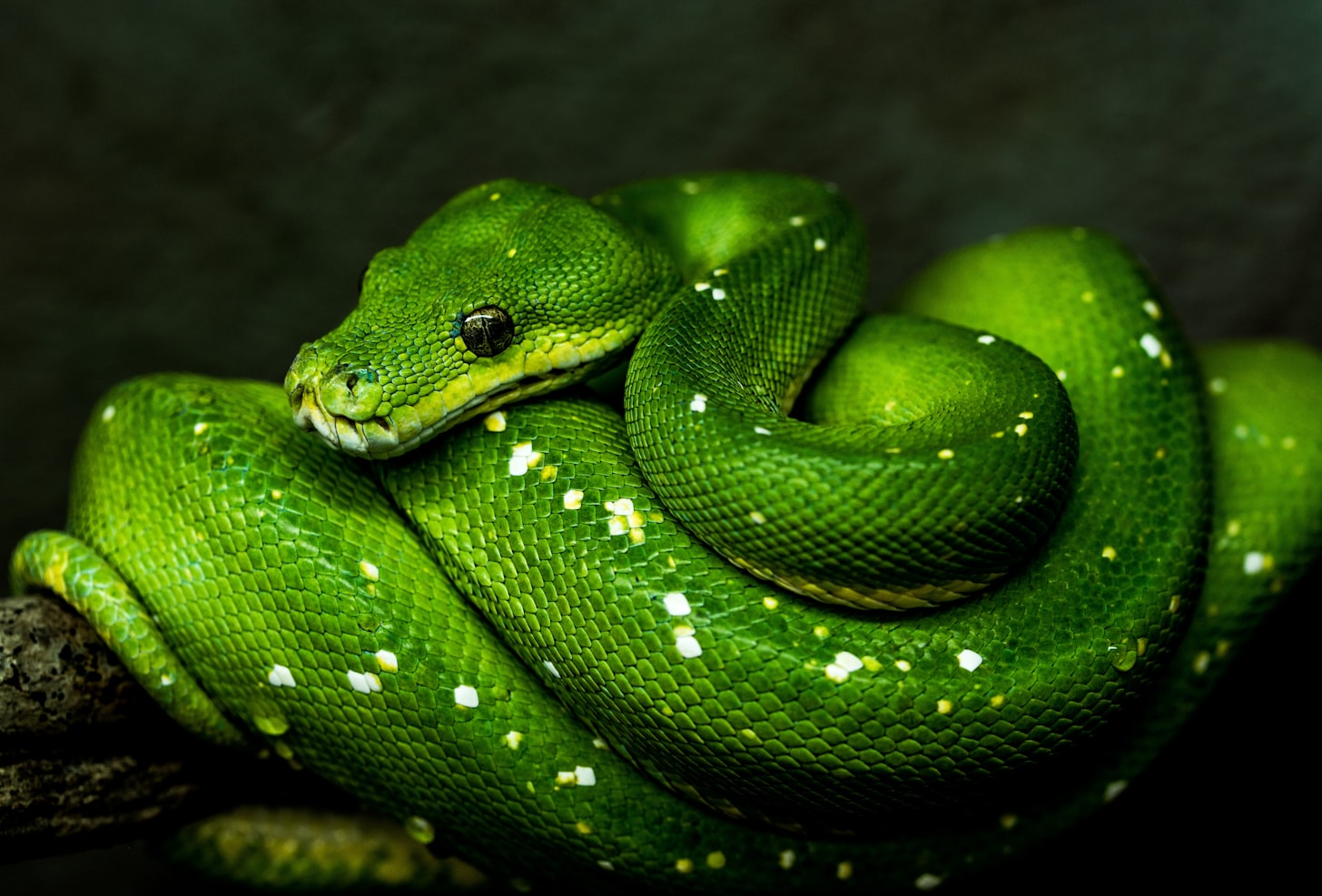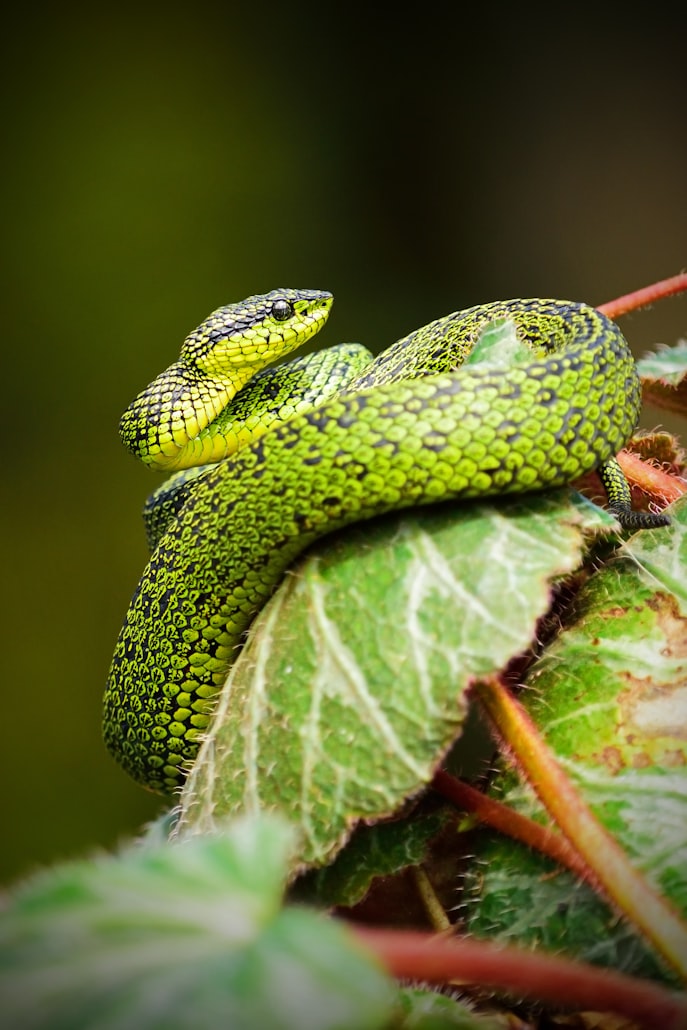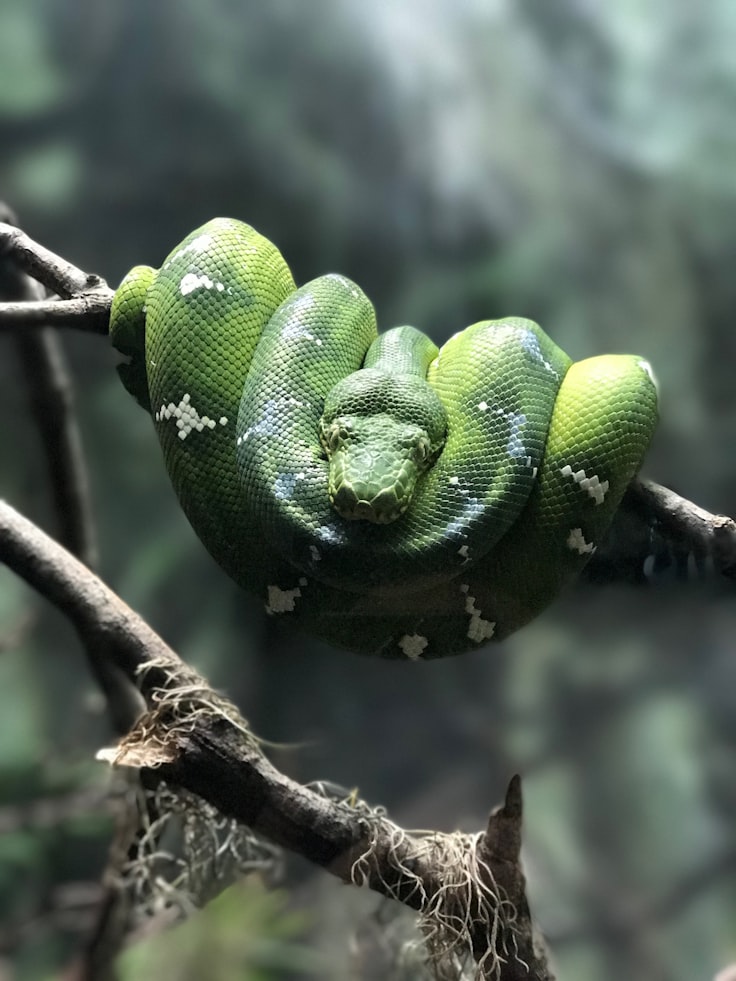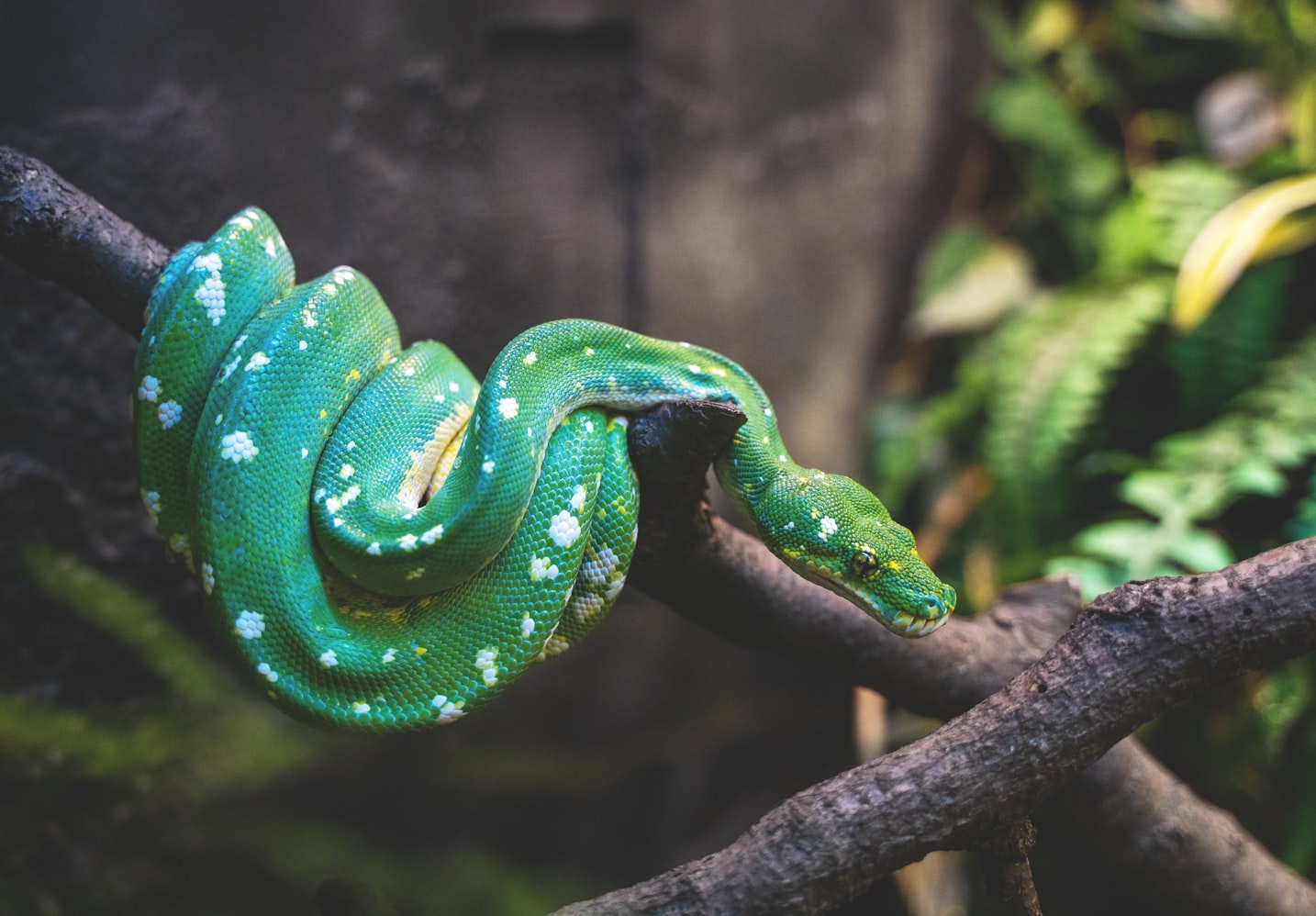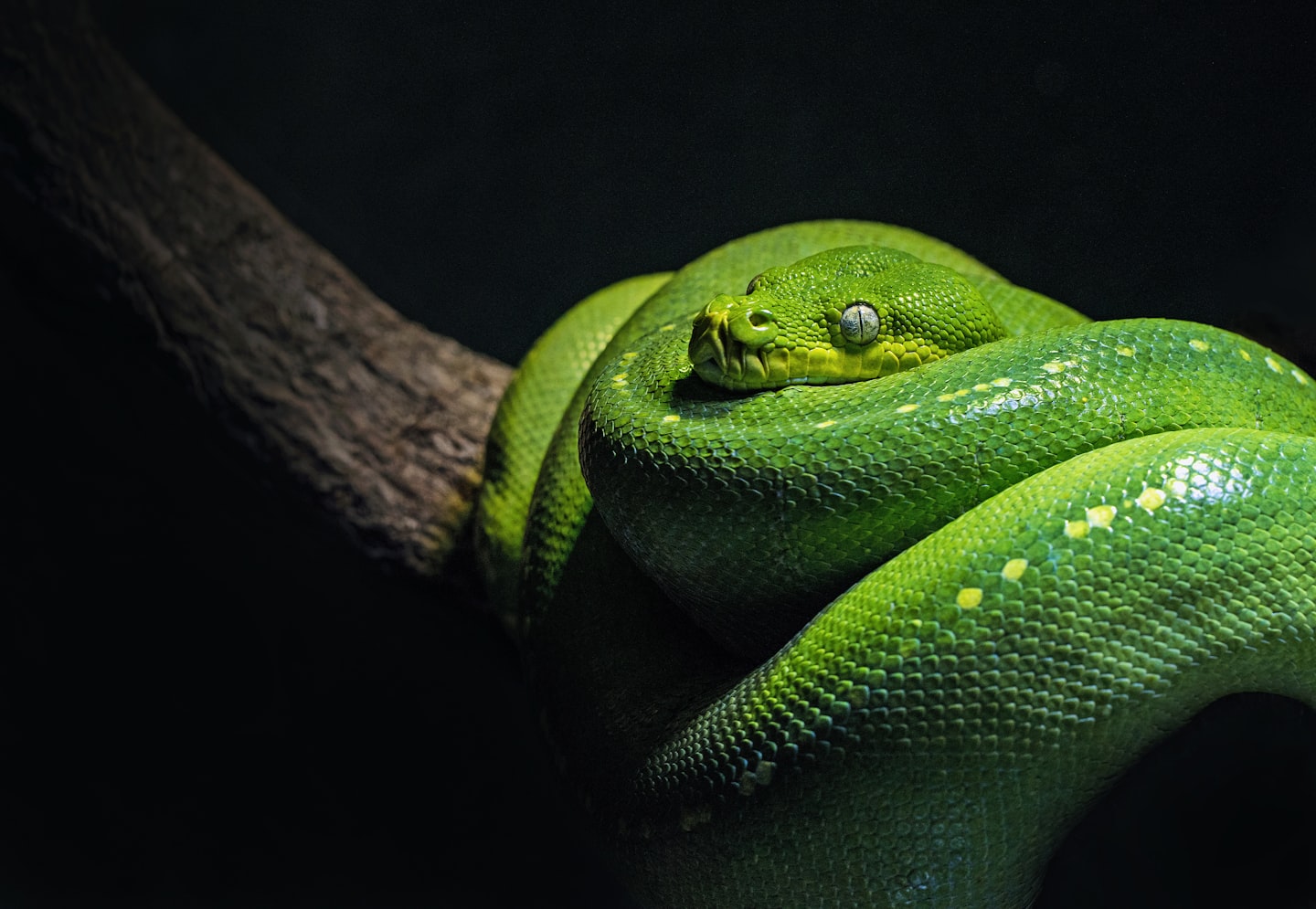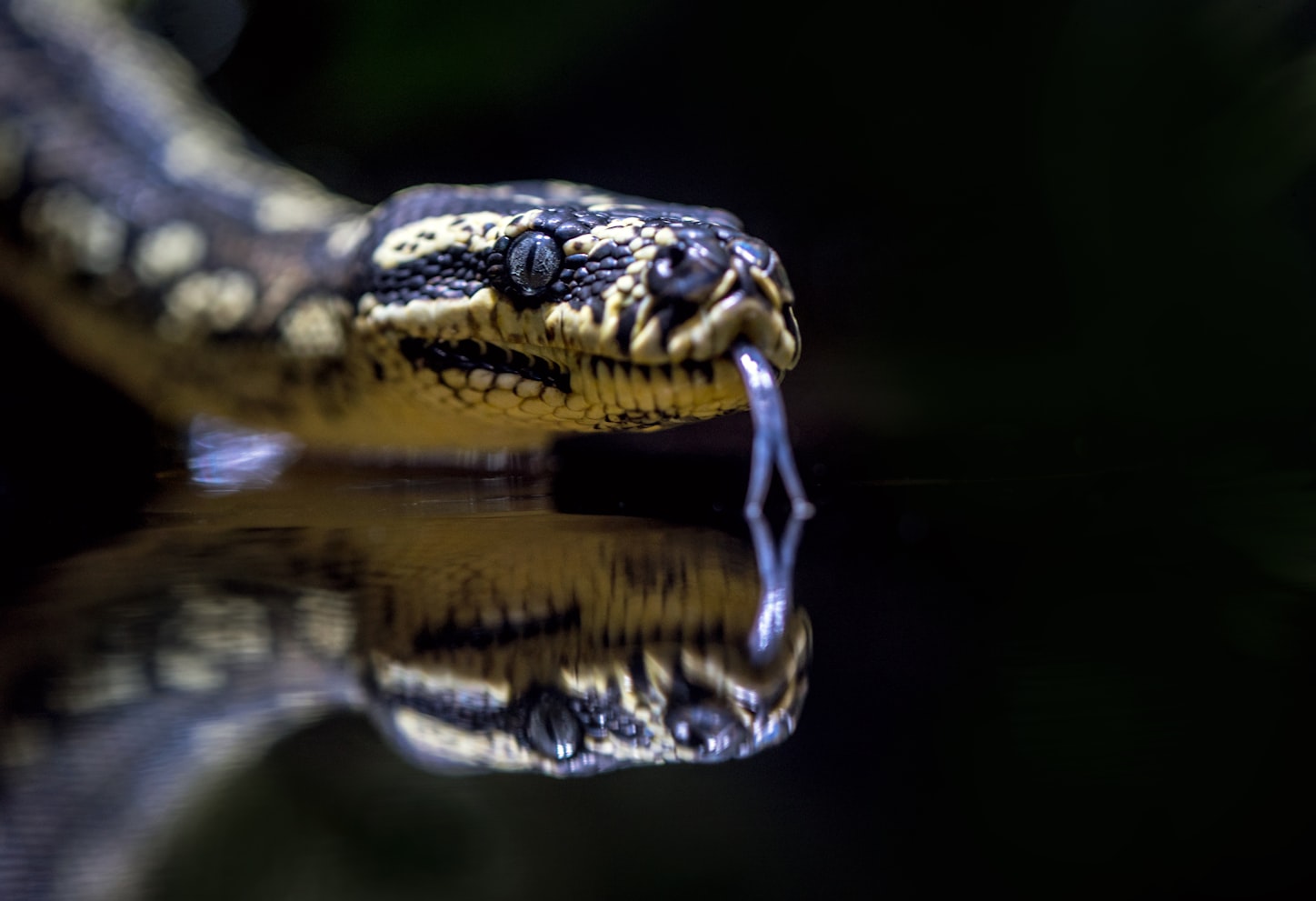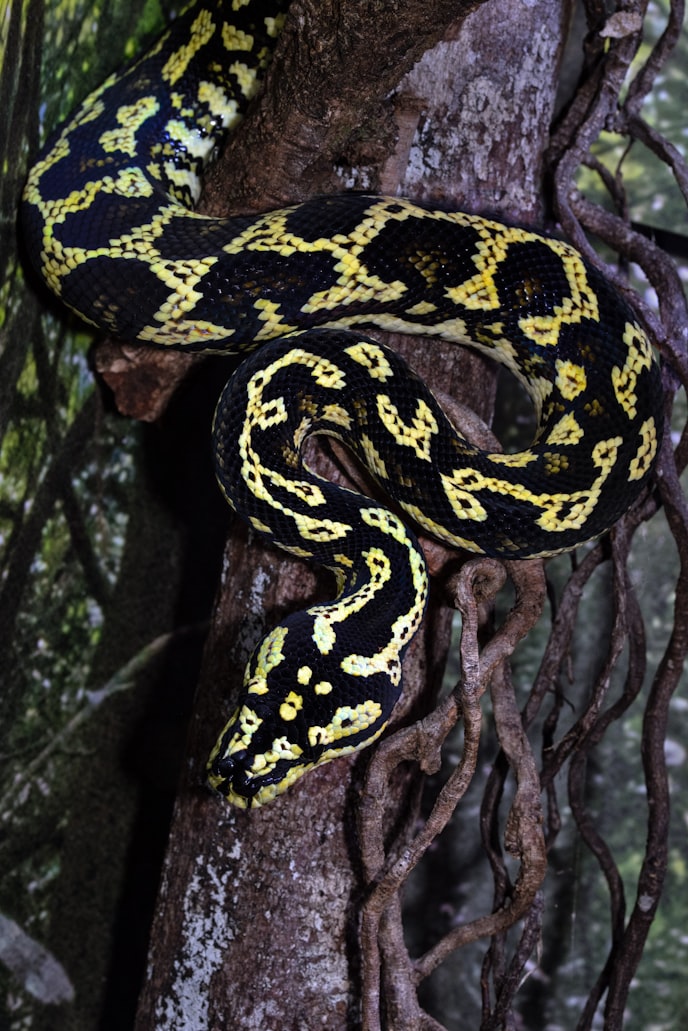Discovering the Fascinating World of Snakes: 10 Fun Facts
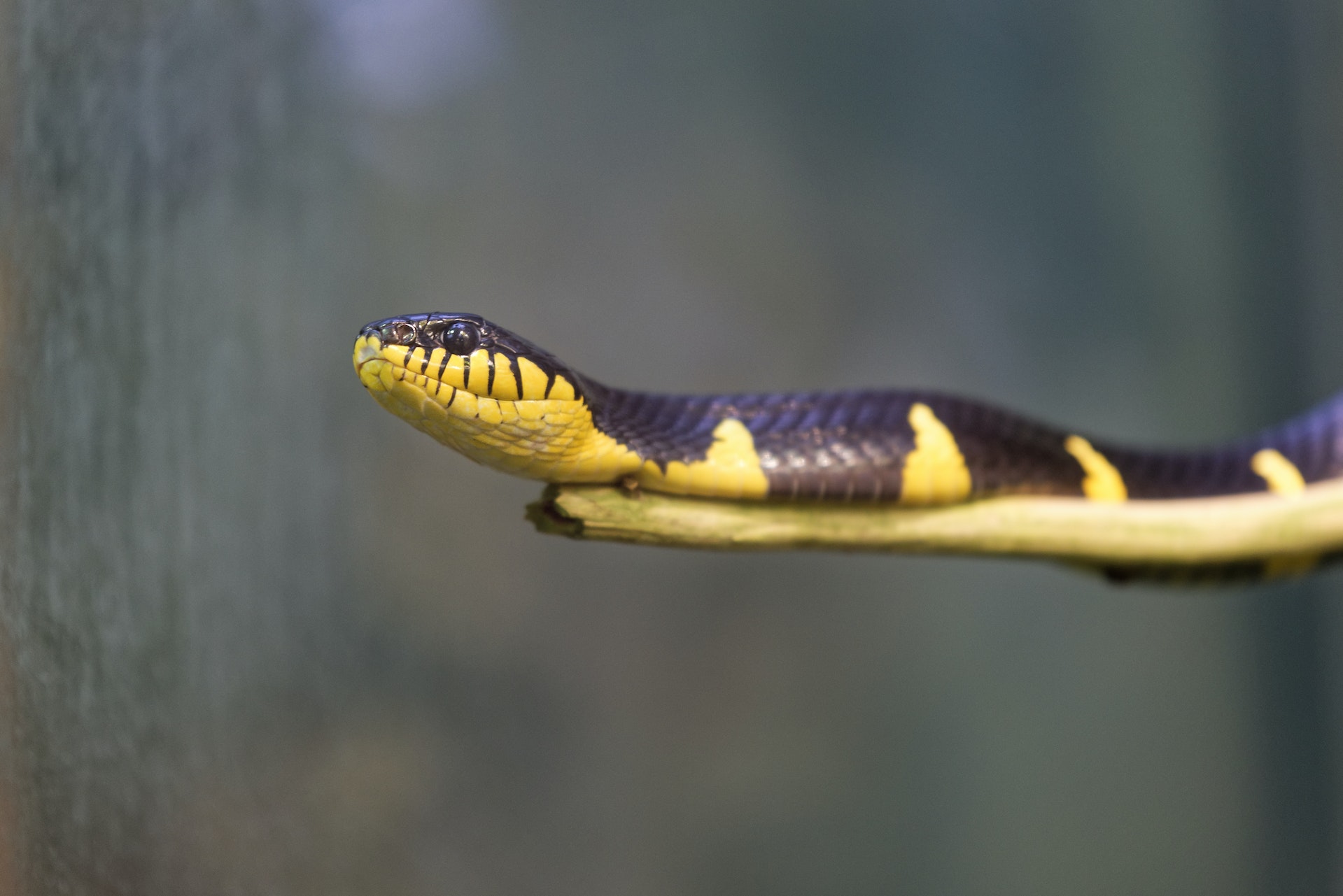
Snakes are one of the most fascinating creatures on the planet, with their unique physical characteristics, behavior, and ecology. While many people may view snakes as scary or dangerous, they are actually amazing creatures with many interesting and surprising facts.
In this article, we’ll explore 10 fun facts about snakes that will help you appreciate and understand these amazing creatures even more.
Snakes Have No Eyelids
One of the most unique physical characteristics of snakes is that they have no eyelids. Instead, they have a clear scale called a “spectacle” that covers and protects their eye. This spectacle is shed along with the rest of their skin during the process of molting.
While it may seem strange for an animal to have no eyelids, this adaptation has several advantages for snakes. For example, it allows them to see clearly even in low light conditions, and it protects their eyes from dust and debris while they move through their environment.
Overall, the lack of eyelids is just one of the many unique adaptations that make snakes such fascinating creatures.
Snakes Can Regrow Their Teeth
Another unique adaptation of snakes is their ability to regrow their teeth. Like all reptiles, snakes have teeth that are constantly being replaced throughout their lifetime. When a tooth falls out or is damaged, it is replaced by a new tooth that grows in its place.
This ability to regrow teeth is important for snakes, as their teeth are essential for hunting and consuming prey. By regrowing their teeth, snakes are able to maintain their ability to hunt and survive in their environment.
Overall, the ability to regrow teeth is just one of the many unique adaptations that make snakes such fascinating creatures.
Snakes Can Be Found on Every Continent Except Antarctica
Snakes are found on every continent in the world, with the exception of Antarctica. From the rainforests of South America to the deserts of Africa and the mountains of Asia, snakes have adapted to a wide variety of environments and habitats.
This global distribution is a testament to the adaptability and resilience of these amazing creatures. Despite the challenges posed by different environments and climates, snakes have been able to thrive and survive on every continent in the world.
Overall, the global distribution of snakes is just one of the many fascinating aspects of their ecology and behavior.
The World’s Longest Snake is Over 30 Feet Long
The world’s longest snake is the reticulated python, which can grow to over 30 feet in length. This massive snake is found in Southeast Asia and is an apex predator in its environment.
The reticulated python is able to grow so large thanks to its unique ability to stretch its jaw and swallow prey whole. This impressive feat of strength and flexibility allows the reticulated python to consume prey that is much larger than its own body.
Overall, the reticulated python is just one of the many amazing species of snakes that inhabit our planet.
Some Snakes Can Fly
While it may seem impossible for a snake to fly, there are actually some species of snakes that are able to glide through the air. These flying snakes, which are found in Southeast Asia, have a unique ability to flatten their body and glide from tree to tree.
To achieve flight, flying snakes use a combination of muscular contractions and undulations of their body. This allows them to generate lift and control their direction of movement while in the air.
Overall, the ability of some snakes to fly is just one of the many fascinating aspects of their behavior and ecology.
Snakes Can Go Months Without Eating
Snakes are able to survive for long periods of time without eating, thanks to their slow metabolism and ability to conserve energy. Some species of snakes can go several months without eating, depending on factors such as their size and environment.
This ability to go without food is an important adaptation for snakes, as it allows them to survive during times when prey is scarce. It also allows them to conserve energy and avoid unnecessary movement, which can be important for their survival in certain environments.
Overall, the ability of snakes to go without eating for long periods of time is just one of the many fascinating aspects of their biology and behavior.
Some Snakes Can Change Colors
Some species of snakes are able to change colors, depending on factors such as their environment, temperature, and mood. This ability, known as chromatophores, allows snakes to blend in with their surroundings and avoid detection by predators or prey.
In addition to changing colors, some species of snakes are also able to change the texture of their skin. This allows them to better camouflage themselves and avoid detection in their environment.
Overall, the ability of some snakes to change colors and textures is just one of the many fascinating adaptations that make them such unique and interesting creatures.
Snakes Can Be Trained
While many people may view snakes as dangerous or unpredictable, they are actually capable of being trained and even forming bonds with humans. In fact, some species of snakes are commonly used in the pet trade and can be trained to perform various tasks or behaviors.
Training a snake involves using a combination of positive reinforcement and conditioning, similar to the methods used to train other animals such as dogs or horses. By providing rewards and positive feedback, snakes can learn to associate certain behaviors with positive outcomes and can be trained to perform specific tasks or behaviors.
As previously mentioned, snakes are capable of being trained and forming bonds with humans. While this may seem surprising to some, it is actually a common practice in the pet trade and in certain research settings.
One example of this is the use of snakes in snake-handling shows or demonstrations. In these shows, trainers use a combination of positive reinforcement and conditioning to train snakes to perform specific behaviors or tricks. These shows can be both entertaining and educational and can help to dispel some of the myths and misconceptions surrounding snakes.
In addition, snakes are also used in research settings to study behavior, physiology, and other aspects of their biology. By training snakes to perform certain tasks or behaviors, researchers can gain a better understanding of how these amazing creatures function and interact with their environment.
Overall, the ability of snakes to be trained is just one of the many fascinating aspects of their behavior and biology.
Some Snakes Can Live for Over 30 Years
While the lifespan of snakes can vary greatly depending on factors such as species, environment, and diet, some species of snakes are known to live for over 30 years. This impressive lifespan is a testament to the resilience and adaptability of these amazing creatures.
One example of a species with a long lifespan is the ball python, which is known to live for up to 30 years in captivity. Other species, such as the boa constrictor and the green anaconda, can live for even longer in the wild.
The longevity of snakes is an important factor to consider when studying their ecology and behavior. By understanding the lifespan of different species of snakes, researchers can better understand their role in the ecosystem and their potential impact on other species.
Overall, the ability of some snakes to live for over 30 years is just one of the many fascinating aspects of their biology and ecology.
Snakes Play an Important Role in Medicine
Snakes have been used in traditional medicine for centuries, and are still used today in modern medicine to treat a variety of ailments. One of the most well-known uses of snakes in medicine is the use of snake venom to create antivenom, which is used to treat snake bites.
In addition to antivenom, snake venom has also been used to create medications to treat conditions such as high blood pressure, heart disease, and even cancer. The unique properties of snake venom, such as its ability to target specific cells or proteins, make it a valuable resource for medical researchers and practitioners.
Overall, the use of snakes in medicine is just one of the many important roles that these amazing creatures play in our world. By understanding their unique biology and behavior, we can continue to unlock their potential for the benefit of human health and well-being.
And, finally, to conclude.
Snakes are truly fascinating creatures with many interesting and surprising facts. From their unique physical characteristics to their important role in the ecosystem, snakes are an important part of our natural world. By learning more about these amazing creatures, we can gain a better understanding and appreciation for the diversity and complexity of life on our planet.
